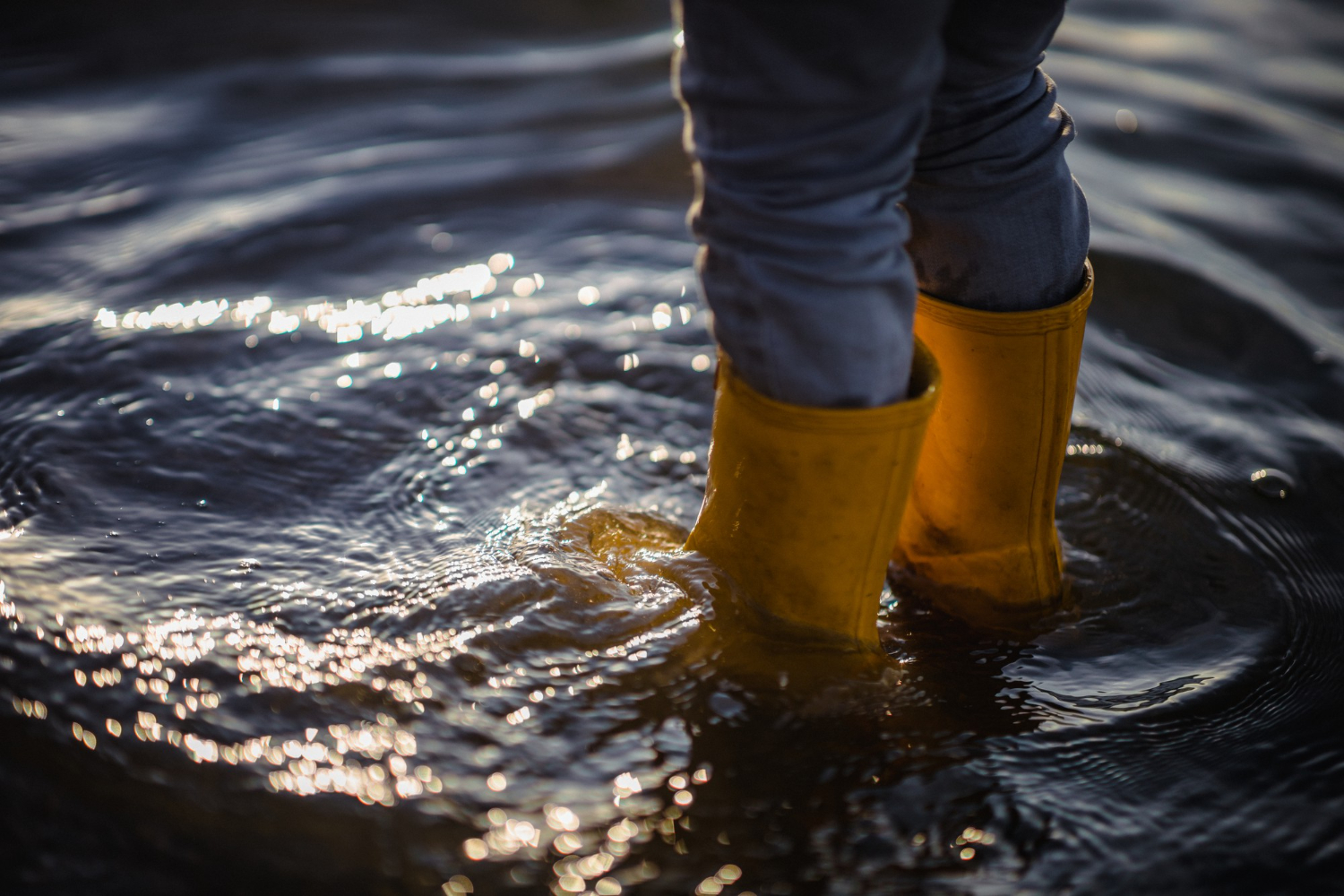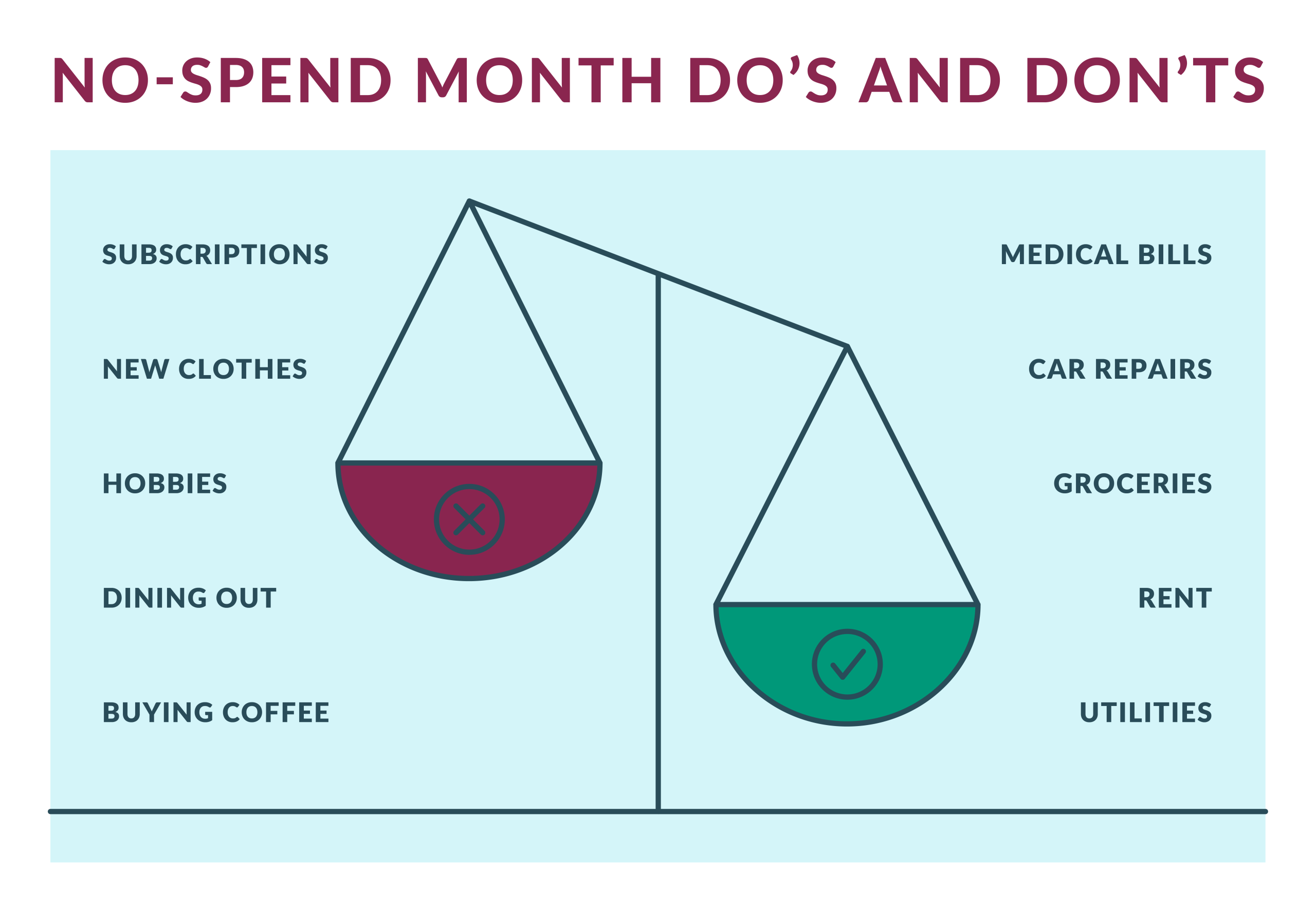Anúncios
Floods represent one of the most devastating natural disasters, leaving a trail of destruction in their wake.
Faced with this challenging scenario, flood insurance emerges as a crucial tool to mitigate the financial and emotional losses caused by these events.
In this article, we will explore in detail how flood insurance works and what coverage it offers. Follow along and find out!
What is Flood Insurance?
Flood insurance is a specific type of insurance designed to protect property owners and tenants against damages caused by floods.
It provides coverage to repair or replace items damaged by water from floods, whether of natural origin. Such as heavy rains, river overflow, or tsunamis, or caused by other circumstances, such as dam breaches or pipe leaks.
Typically, flood insurance covers structural damage to the building, electrical and plumbing systems, as well as personal property within the premises, such as furniture, appliances, and décor items.
Additionally, it may include expenses related to cleaning and remediation after the flood. It is important to note that standard homeowner’s insurance usually does not cover flood damage, necessitating the purchase of a specific policy for this purpose.
In many regions, especially high-risk flood areas designated by the Federal Emergency Management Agency (FEMA) in the United States, purchasing flood insurance may be mandatory for those with mortgages on properties in these areas.
The terms of coverage, exclusions, and premiums for flood insurance may vary depending on the insurance provider and the geographical location of the insured property.
However, in general, this type of insurance plays a key role in the financial protection of individuals and communities against the devastating economic impacts of floods.
Understanding How It Works and What It Covers
Flood insurance works quite straightforwardly. It specifies all the coverage that the insurance will offer, thus ensuring you the possibility of recovering what you lost.
Here’s more about this type of coverage:
Building Coverage
Building coverage in flood insurance refers to the protection offered for the physical structure of the property against water damage from floods. The main coverages are:
- Main Structure: Coverage to repair or rebuild damage to the foundations, walls, ceilings, floors, and other structural elements of the building affected by the flood.
- Electrical and Plumbing Systems: Reimbursement for the costs of repairing or replacing electrical, plumbing, heating, ventilation, and air conditioning (HVAC) systems, as well as other installed systems on the property that were damaged by the flood.
- Permanent Fixtures: Protection for fixed appliances, such as built-in cabinets, kitchen countertops, built-in bathrooms, among others, that have been damaged by floodwater.
- Safety Devices: Coverage for permanent security systems, such as fire alarms, sprinkler systems, and other damage prevention devices that have been affected by the flood.
- Attachments and External Structures: Reimbursement for the costs of repairing or rebuilding attachments, garages, fences, decks, and other external structures connected to the main property and damaged by the flood.
Contents Coverage
Contents coverage in flood insurance refers to the protection offered for personal belongings and movable property within the property that have been damaged by floodwater.
Both building and contents coverage in flood insurance aim to protect homeowners and tenants against the financial losses caused by structural and personal property damage resulting from floods.
It is important to carefully review the terms of the insurance policy and understand what the coverage limits, exclusions, and documentation requirements are necessary to make a claim in the event of a flood occurrence.
Here are the coverages you may be entitled to:
- Reimbursement for the costs of repairing or replacing furniture, such as sofas, chairs, tables, beds, cabinets, and other items affected by the flood.
- Coverage for repair or replacement of appliances, such as refrigerators, stoves, washing machines and dryers, dishwashers, and other electrical appliances that have been damaged by floodwater.
- Protection for clothing, footwear, personal accessories, and other clothing items that have been affected by the flood.
- Reimbursement for the costs of repairing or replacing electronic equipment, such as televisions, computers, smartphones, tablets, stereos, and other devices damaged by floodwater.
- Coverage for other personal and everyday use items, such as kitchen utensils, toys, books, artwork, decorations, and other items damaged by the flood.
Get to Know the National Flood Insurance Program
The risk of floods is significant, especially in coastal areas and along rivers. To assist in protecting the population against this risk, the government has created the National Flood Insurance Program (NFIP).
NFIP is a federal program that offers flood insurance to residential and commercial property owners.
The insurance is provided by private insurance companies but under federal government regulation.
NFIP is available to property owners in communities participating in the program. To check if your property qualifies, consult the FEMA Flood Hazard Zone Map (Federal Emergency Management Agency).
NFIP covers damages caused by floods to the structure of your property, as well as your personal belongings.
Specific coverage and limits vary depending on the policy. The cost of NFIP varies according to various factors, such as the value of your property, your location, and the level of flood risk.
NFIP can be purchased through a licensed insurance agent. The agent will assist in comparing different policies and choosing the ideal coverage for your needs.
Flood insurance offers crucial financial protection in the event of a flood. Without it, you may be responsible for all repair or reconstruction costs for your property.
And is an essential tool for protecting your property against the risk of floods. If you live in a high-risk area, speak to an insurance agent today to learn more about NFIP.
This way, you can get more security for your property and be sure that flood insurance will protect what you need.
Did you find it helpful? Check out other tips on our website.






